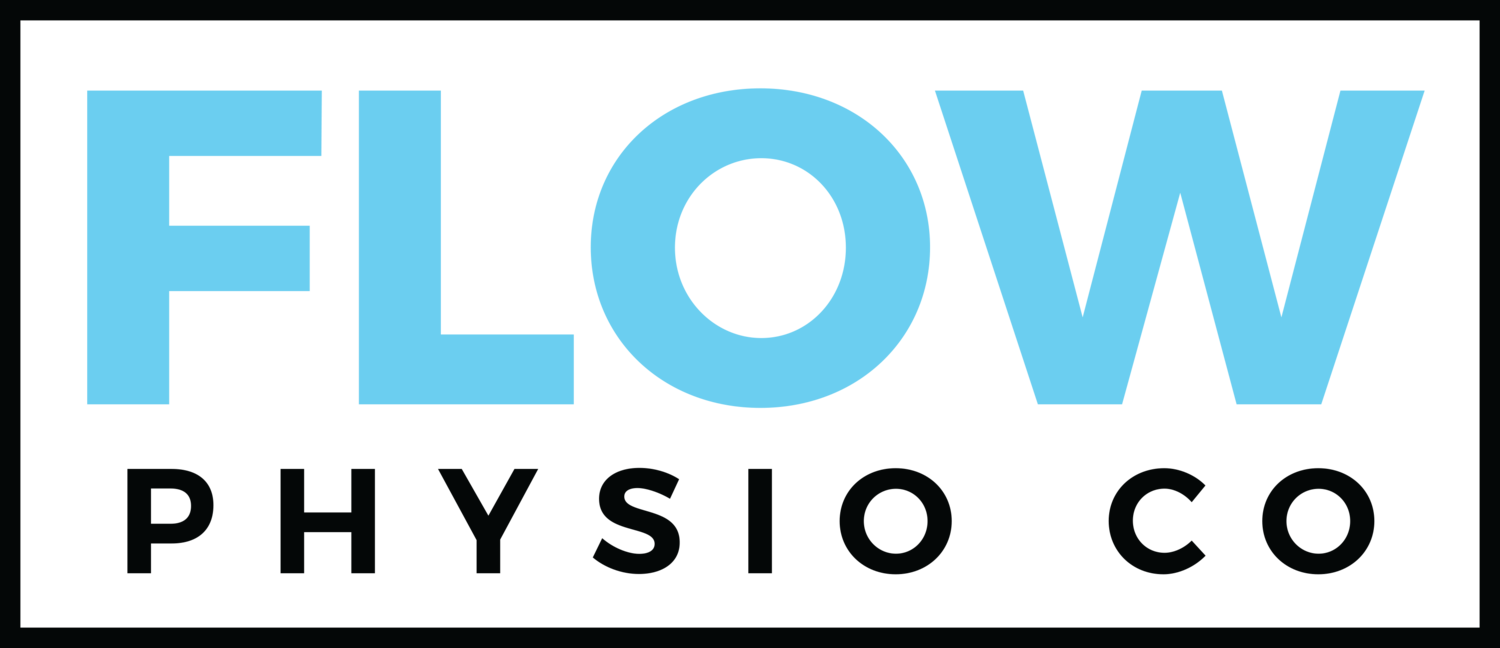A quick intro
Busy day in the clinic today, so here’s a short recap of the problems we saw and the first steps we usually focus on. This is general guidance only—your plan will be tailored after a proper assessment.
Presentations we saw today (and safe first steps)
1) ACL injury – non-operative management
Focus: swelling control, early full knee extension, quad strength, balance work; clear return-to-sport criteria.
First steps: Heel props for extension, quad sets (10×10-sec holds), gentle bike if pain-free.
When to be cautious: pivoting/cutting sports and deep twisty positions early on.
2) Cervical radicular pain (neck-to-arm symptoms)
Focus: reduce nerve irritation, restore neck movement, thoracic mobility, work and ADL tweaks.
First steps: short, frequent neck range-of-motion (pain-free arcs), chin nods, gentle nerve-glides as tolerated.
Red flags: progressive weakness, severe night pain, trauma - book promptly.
3) Post-operative foot reconstruction
Focus: protect the repair, manage swelling, regain ankle/foot mobility and strength within surgeon protocol.
First steps: elevation, compression, isometrics above/below the site, crutch technique coaching.
4) Spinal cord injury (ongoing rehab)
Focus: functional goals (transfers, sitting balance, gait where appropriate), pressure care, equipment optimisation.
First steps: customised program progression; close monitoring of skin, spasticity, orthostatic responses.
5) Fibromyalgia
Focus: education, graded activity, sleep and pacing strategies, low-impact strength/aerobic work.
First steps: start very small (e.g., 5–10 mins walking), track symptoms, add light resistance 2–3×/week.
6) Post-op meniscus bucket-handle repair
Focus: protect the repair, avoid deep loaded flexion early, regain extension, controlled quad activation.
First steps: heel slides (range-restricted per protocol), quad sets, patellar mobility, gait re-training.
7) ACL reconstruction (patellar-tendon graft)
Focus: full extension ASAP, swelling control, quad activation, progressive flexion, gait normalisation.
First steps: heel props, towel-under-heel quad sets, straight-leg raises if no lag, bike ROM as allowed.
8) Syndesmosis (high ankle sprain) – conservative
Focus: deload + protect external rotation/dorsiflexion stress; later, calf strength and proprioception.
First steps: boot/brace as indicated, crutching, isometrics, gentle ROM within pain-free limits.
9) Achilles tendon rupture – conservative
Focus: functional boot with wedges, staged plantarflexion → neutral, progressive loading.
First steps: adhere to boot/wedge plan, avoid dorsiflexion stretch early, isometrics with boot on.
How we assess & plan care
History → objective tests → diagnosis → plan. We align with surgeon protocols where relevant, set measurable milestones (pain, ROM, strength, function), and give a home program you can actually stick to. Imaging/referral only when indicated.
Quick take-home tips
Short, frequent movement beats long, painful sessions.
Swelling down = rehab up (prioritise swelling management early).
Progress load gradually; sharp increases spike re-injury risk.
If symptoms are worsening, not improving - get reviewed.
When to seek urgent care
Red-flag symptoms (progressive weakness, severe unremitting pain, night sweats/fever, unexplained weight loss, red/hot calf, new numbness in the saddle region).
Post-op concerns (wound issues, fever, sudden loss of function).
Next steps in the Sutherland Shire
Ready for a tailored plan? Book with our physios in Sutherland and Woolooware
Flow Physio Co - Musculoskeletal, ACL Rehab, Women’s Health, Clinical Pilates.
Helpful internal links
-
No. You can book directly with a physiotherapist in Australia.
-
Often 12–16 weeks if criteria are met (strength, hop tests, swelling), but timing is individual and surgeon/physio guided.
-
It can be, when the functional boot and staged loading protocol are followed closely. Your clinician will advise if it’s suitable for you.
-
Gentle, guided movement usually outperforms prolonged bed rest. Get assessed to tailor the plan and screen red flags.
Disclaimer: The content on this page is general information for education only and is not a substitute for personalised assessment, diagnosis or treatment. Always follow your surgeon, GP’s or health professional’s advice and consult a registered physiotherapist before starting or changing exercises.
